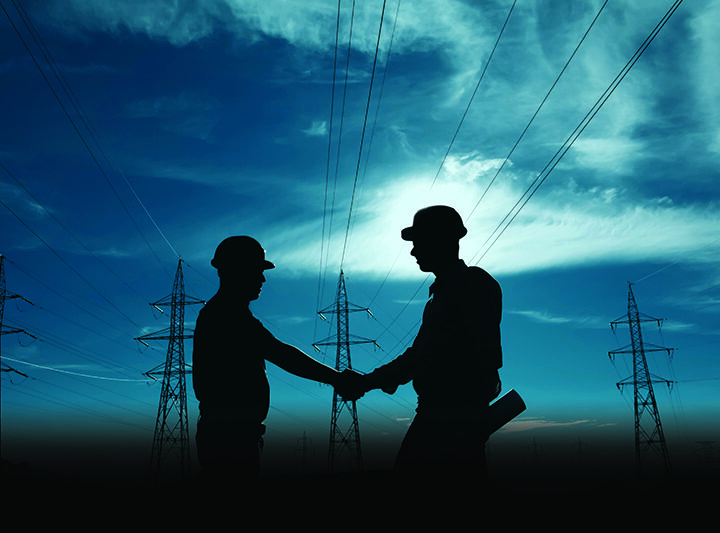
Claims Retrospective: Engineers Should Recognize High-Risk Projects and Take Added Measures to Protect Themselves
There has been an increase in claims involving high-risk projects in the past few years. Additionally, more engineers who do not typically take on high-risk projects are willing to do so. However, these engineers do not always account for the higher risk involved and tend to approach such high-risk projects in the same fashion as smaller projects, without taking additional measures to protect themselves.
Engineers should learn to recognize high-risk projects such as structural work on bridges, overpasses, mass transit, or other infrastructure, and the design or surveying of energy-producing structures or plants, i.e., wind turbines, dams, and other water-based energy production. The failure of bridges, overpasses, mass transit, or other infrastructure has the potential to cause sudden and severe injury or death to a large number of people at the same time. The resulting personal injury/bodily injury lawsuits can lead to multiple millions of dollars in defense bills, settlement, and judgments against the design professionals involved. Additionally, infrastructure and energy-producing structures or plants are often highly regulated, and correcting errors in the design of these projects can be quite costly, leading to lawsuits where the damages are several millions of dollars.
Engineers involved in high-risk projects for the first time should take additional measures to protect themselves. One such measure is to make sure to carry the appropriate amount of insurance, as it may be necessary to obtain higher policy limits or an excess policy to cover the potential damages that could arise from the project. Another effective measure is to employ a written contract with a specific and narrowly defined scope of services. Other measures include incorporating enforceable limitation of liability clauses or requiring the client to indemnify the engineer from third-party claims not caused by the engineer’s negligence (and certainly avoiding claims that require the engineer to indemnify others) in written contracts. Sometimes, the engineer may also want to consider charging more for services given the level of risk involved.
If an engineer accepts a high-risk project for the first time, or even the first time in a long time, it is a good idea for them to consult both their insurance broker and their local attorney to make sure they are doing what they can to minimize the risks that come with the new exposure. While the opportunity to take on new projects in new areas can be an exciting step in an engineer’s career, the engineer should not accept such an opportunity haphazardly.






